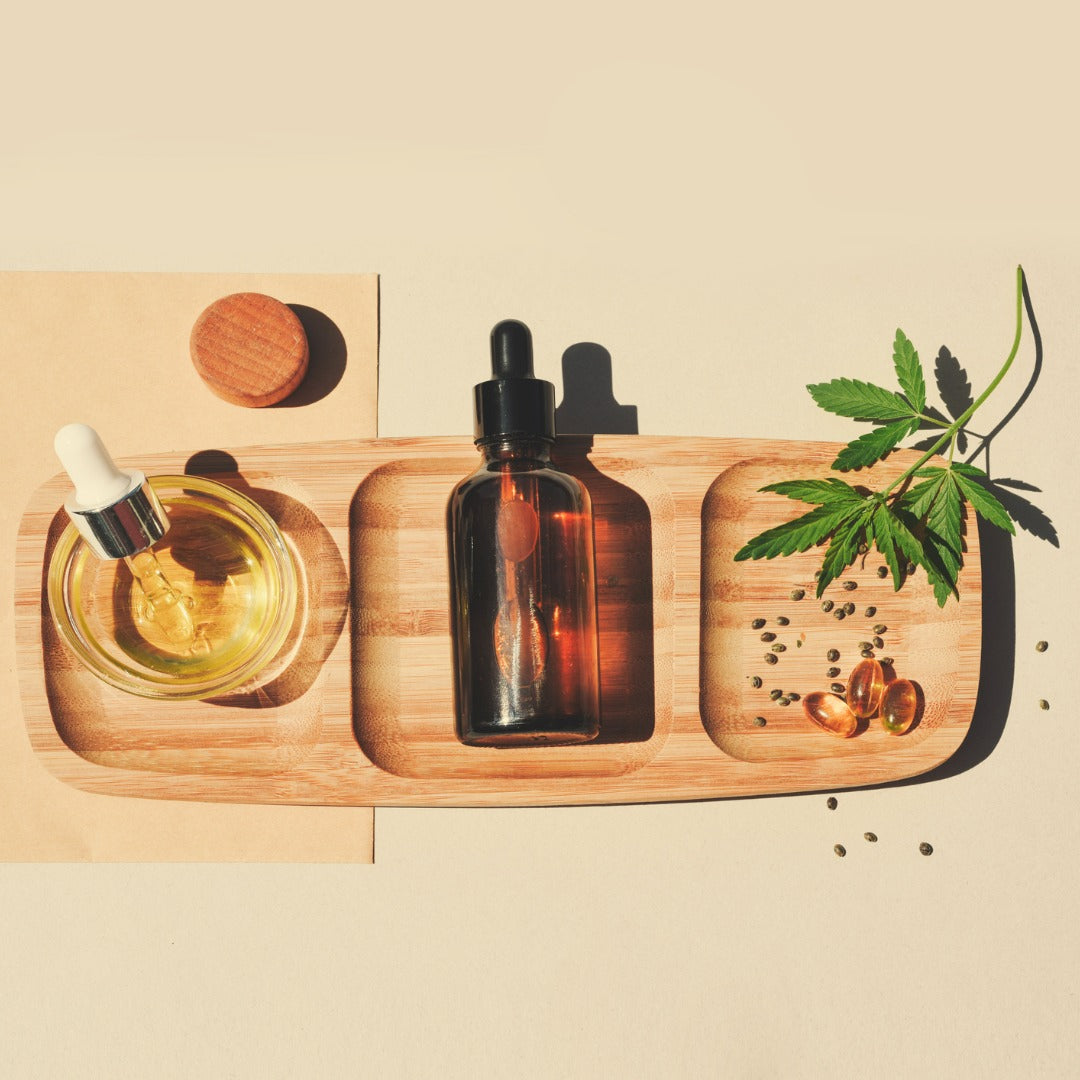
A Healthier Alternative to CBD
|
|
Time to read 3 min
This store requires javascript to be enabled for some features to work correctly.
|
|
Time to read 3 min
I found copaiba when I began my journey in sobriety. I needed some help with the chronic inflammation I developed because of asthma, smoking, and drug use. I wasn’t allowed to smoke pot any more because it made me high. But, it was the only “natural thing” I knew existed. I had no idea that what I found would actually work or that it has been around for centuries and is more natural than any cannabis-derived effect on the market. I now have no asthma or long-term effects from smoking and using drugs. Now that I use it on my skin, too, I’m benefiting full circle from an alternative to CBD.
In recent years, the health and medical research industry has discovered chronic inflammation and chronic stress are the primary reasons for many health issues. They affect the function of every organ of our body, including our skin.
Many factors contribute to both stress and inflammation, but of particular interest in this article are the endocannabinoid receptors that lie within the body. Researchers Jan Komorowski and Henryk Mikolaj Stepien have acknowledged that the most important goal of the endocannabinoid receptors is modulatory effects in the function of the brain, endocrine, and immune tissues. They help to balance energy within these systems efficiently, and in this way, they can impact global health.
The process for the legalization of marijuana required those in support to prove its potential side-effects both good and bad. Thus began a search for ways that marijuana could be an asset to our society. An easy place for researchers to leap into was the endocannabinoid systems of our body.
The endocannabinoid system is made up of two types of receptors: Type 1 and type 2--marijuana effects type 2. The excitation of these endocannabinoid receptors has been shown to effect stress and inflammation, particularly in the digestive tract with obese and diabetic populations (Cota 2008). The only problem is that cannabis has psychoactive side effects so this would prevent it from being largely accepted.
As the production of marijuana rose during the legalization hype, researchers sought ways to complement and increase sales. In effect, CBD, an isolate from cannabis, was born as a way to activate the endocannabinoid system’s effect on inflammation and stress and served as a way for people to join in on the marijuana hype without the marijuana high.
Unfortunately, the process of extraction, along with the oils used as carrier oils, have proven CBD to be a volatile and unreliable substance that is far from being natural and essential. All the processing involved makes it difficult to control for its purity, potency, and potential side effects as much of it ends up with trace amounts of THC. This poses a big problem for those who want to abstain from getting high. Furthermore, the carrier oils used in various tinctures are often unsustainable and impure themselves.
But what if I told you there was a more natural and essential and less processed way to achieve the same benefits more efficiently?
Copaiba, like cannabis, is also a phytocannabinoid that plays on the endocannabinoid system. The difference, however, is that Copaiba excites the type 2 endocannabinoids. It also clings directly to them, which is a good thing for those seeking effect and even better for those seeking effect with inflammation. Type 2 endocannabinoids, not type 1, are directly related to inflammation .
Due to the oils in CBD, much of the actual substance does not enter the endocannabinoid system. Furthermore, CBD, when it does enter, doesn’t adhere to the actual receptor, meaning it’s only moderately effective (Bie et al 2008).
As it pertains to skin care, the Copaiba oil has been documented as being helpful for wound healing since the 16th century when travelers observed the natives using the oil on the navel of newborns and the wounds of the warriors after battle. (de Albuquerque et al, 2017). For skincare, this is good news for copaiba because unlike cannabis, which was shown to help digestion and digestive stress, copaiba actually has a centuries-long history with skin-related ailments.
Beyond more effective, for those looking for an all-natural and more sustainable source for inflammation control and healing of the skin then look no further than copaiba. Where CBD requires distilling, isolating, heating, processing, and binding to a carrier oil, Copaiba is a naturally occurring oil resin that comes from puncturing the bottom of a tree.
I don’t know who would choose Mrs. Butterworth's Syrup over pure maple syrup from the farm… but if you do prefer the fake stuff then you may want to keep smearing CBD on your skin. I’ll personally stick with copaiba.